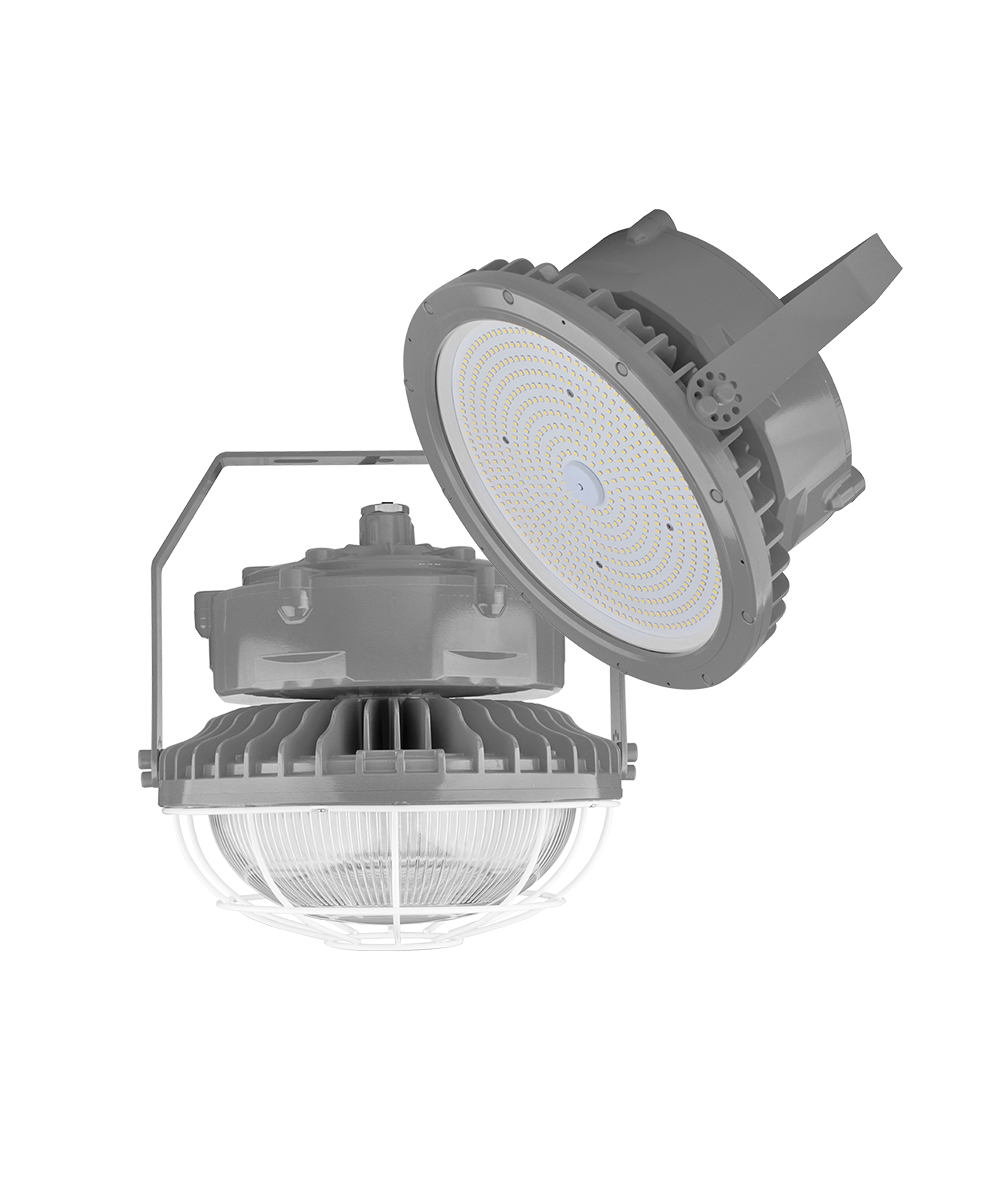
When selecting light fixtures for commercial spaces, it is essential to consider environmental aspects as this guarantees that the lighting meets the needs of the intended space and improves both productivity and safety. The kind of job being done, brightness, and energy efficiency are all factors that will affect the fixtures that are going to be used. Good lighting can enhance worker wellbeing and lessen eye strain. In some cases, lighting fixtures designed specifically to operate safely in atypical situations are used, resulting in the usage of hazardous lighting. Because there is a greater chance of coming across risks in industrial settings, buy hazardous lighting as it plays a crucial function in providing both increased visibility and a sense of safety.
A Hazardous Area: What Is It?
A “hazardous area” is defined as an area where there is a substantial concentration of volatile or explosive gasses, dust, or vapors present in the atmosphere or where there is a possibility that they will be present. There is a chance of a fire or explosion in this kind of setting when three essential elements come together. This idea is frequently referred to as the “combustion” or “hazardous area” triangle. Always buy hazardous lighting fixtures that will be placed in these kinds of places and they have specific designs that adhere to strict safety regulations.
Thorough testing is necessary to ensure these fittings are safe. It is crucial to ensure that lighting fixtures are thoroughly tested in addition to being functionally designed. This method improves safety and avoids potentially dangerous scenarios that could result from lighting fixtures reacting with the surroundings.
Which Industry Types Need Hazardous Lighting?
The target industries are easy to identify. They include those that work with materials such as combustible liquids, ignitable fibers, and gasses or vapors. This covers steel mills, chemical facilities, pulp and paper mills, oil and gas refineries, and maritime sectors. It also includes any manufacturing applications using flammable materials or high temperatures.
Hazardous location illumination is necessary for storage spaces and other facilities in certain companies, even if they are not in the usual sectors. For example, liquid gas is handled by wastewater treatment plants, while flour and other agricultural products are very flammable. It is surprising to learn that even seemingly ‘clean’ establishments, such as factories that make clothes, can create dust fibers that catch fire.
Hazardous location lights are essential for protecting employees in potentially hazardous settings. LED hazardous site lights are becoming increasingly popular due to increased safety rules and technological accessibility.
According to Mordor Intelligence, the hazardous location LED Lighting industry is expected to reach a market size of USD 636.6 million by 2025, indicating a compound annual growth rate (CAGR) of 8.86% between 2020 and 2025. This forecast shows how the market for effective and safe lighting solutions in dangerous areas is continuing to grow.
Consequently, choosing a trustworthy LED wholesaler carefully is essential to reducing the dangers related to dangerous workplaces and upholding strict workplace safety regulations.
Bottomline
Choosing the appropriate lighting fixtures for commercial spaces requires careful consideration of environmental aspects to guarantee both productivity and safety. Understanding the particular needs of different activity types, brightness levels, and energy efficiency is crucial.
Purchasing hazardous lighting that complies with tight safety regulations is crucial for locations considered hazardous due to the presence of volatile or explosive materials. These fixtures are rigorously tested to avoid harmful reactions to the environment. Hazardous lighting is essential in industries like steel mills, chemical plants, and oil refineries to protect workers.
The market for LED hazardous lighting is expanding, which emphasizes how crucial it is to spend money on secure and efficient ways to reduce workplace hazards. Selecting a trustworthy LED wholesaler is essential to upholding compliance and safety in dangerous environments.


Disclaimer: PacLights is not responsible for any actions taken based on the suggestions and information provided in this article, and readers should consult local building and electrical codes for proper guidance.